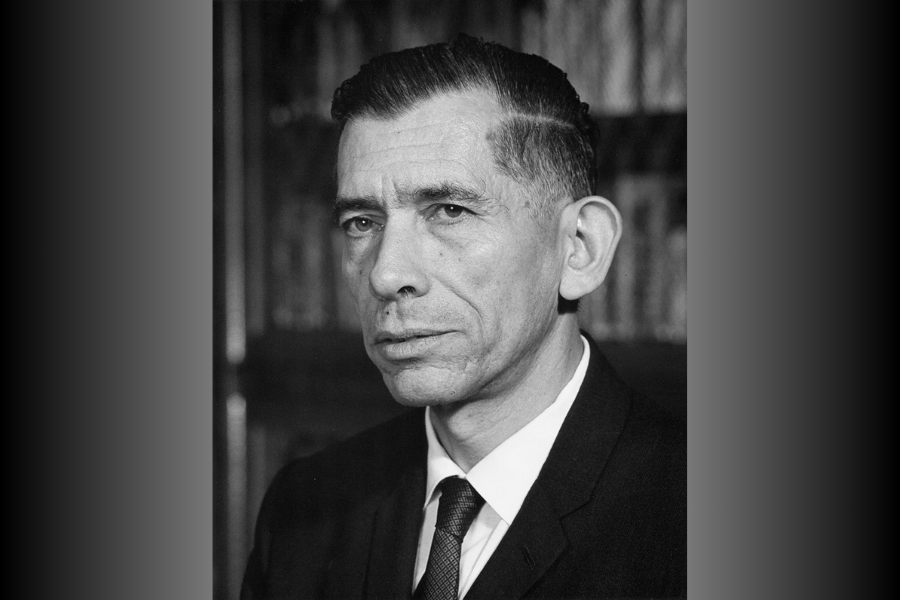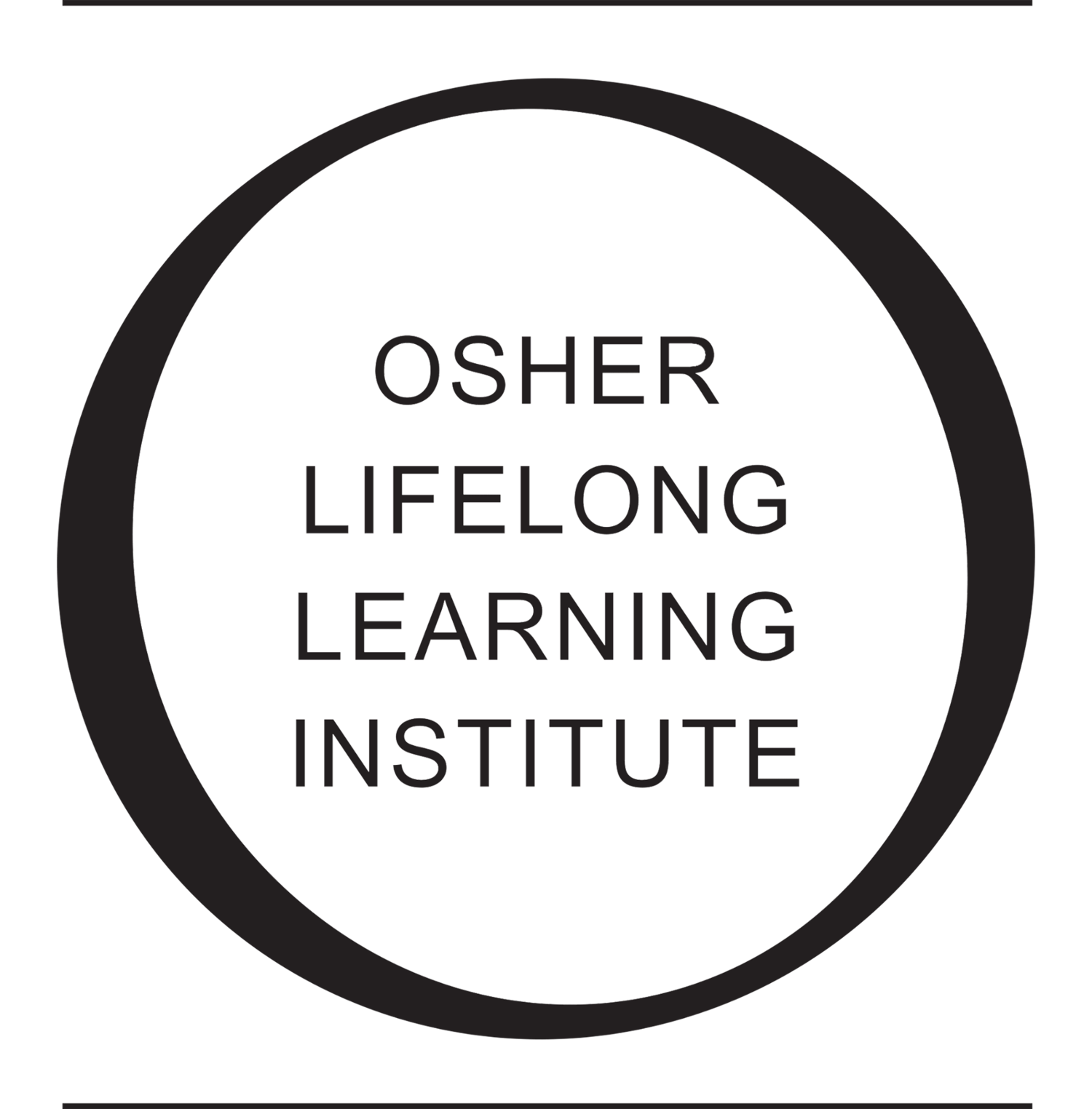
CMU'S HUNT INSTITUTE PRESENTS: The Art and Science of Rafael Lucas Rodríguez Caballero from September 16–December 17, 2025
This exhibition celebrates the extraordinary life and work of Rafael Lucas Rodríguez Caballero, Costa Rican botanist, artist and educator. Rodríguez (1915–1981) lived a life defined by artistic brilliance and scientific precision. Though his life was cut short by Hodgkin lymphoma at age 66, he left behind a staggering array of botanical illustrations, scientific writings, jewelry designs and humorous cartoons. A gifted artist and a devoted naturalist, Rodríguez refused to choose between science and art, embracing both equally.
The exhibition draws from the Rafael Lucas Rodríguez Caballero papers, HI collection no. 376, donated to the Hunt Institute Archives in 2019. Highlights include notebooks from his graduate studies at the University of California, Berkeley, jewelry designs crafted under the mentorship of French goldsmith Louis Ferón, botanical classroom illustrations, and original watercolors that demonstrate his dual mastery of art and science. His notebooks—hand-lettered with near-typeface precision and embellished with elegant, accurate illustrations—reveal the care and craft he brought to every page.
One of the most remarkable components of this exhibition is the watercolors of orchids, selected from over 1,000 Rodríguez painted en plein air across Costa Rica, Central and South America. Created over 24 years, these paintings are not only visually exquisite but also scientifically rigorous. Several depict species that had not yet been formally described. This monumental work was posthumously published as Orquidéas en Acuarela: La Obra Inédita de Rafael Lucas Rodríguez Caballero (Cartago, Costa Rica, Editorial Tecnológica de Costa Rica, 2018).
Rodríguez also possessed a unique talent for making his work approachable and engaging for a broad audience. Whether through his scientific writing, his satirical faux-publication Bellea: The Journal to Devastate Botany (1952) or his whimsical pun-filled animal cartoons, he brought joy, clarity and meaning to the study of botany.
This exhibition marks Rodríguez’s return to the Hunt Institute after more than half a century. His work was last featured here in the 2nd International Exhibition of Botanical Art & Illustration (1968). We now invite the public to rediscover this polymath whose art and science continue to inspire.
Reception
The reception on Tuesday, September 16 (5:00–7:00 pm) is open to the public. At 5:30 pm in the gallery the archivist will introduce the exhibition.
Hours
The exhibition will be on display on the 5th floor of the Hunt Library building at Carnegie Mellon University and will be open to the public free of charge. Hours: Monday–Friday, 9:00 am–5:00 pm (except October 17 and November 27-28). Because our hours of operation are occasionally subject to change, please call or email before your visit to confirm. For further information, contact the Hunt Institute at 412-268-2434.
About the Institute
The Hunt Institute for Botanical Documentation, a research division of Carnegie Mellon University, specializes in the history of botany and all aspects of plant science and serves the international scientific community through research and documentation. To this end, the Institute acquires and maintains authoritative collections of books, plant images, manuscripts, portraits and data files, and provides publications and other modes of information service. The Institute meets the reference needs of botanists, biologists, historians, conservationists, librarians, bibliographers and the public at large, especially those concerned with any aspect of the North American flora.
Hunt Institute was dedicated in 1961 as the Rachel McMasters Miller Hunt Botanical Library, an international center for bibliographical research and service in the interests of botany and horticulture, as well as a center for the study of all aspects of the history of the plant sciences. By 1971 the Library’s activities had so diversified that the name was changed to Hunt Institute for Botanical Documentation. Growth in collections and research projects led to the establishment of four programmatic departments: Archives, Art, Bibliography and the Library.
